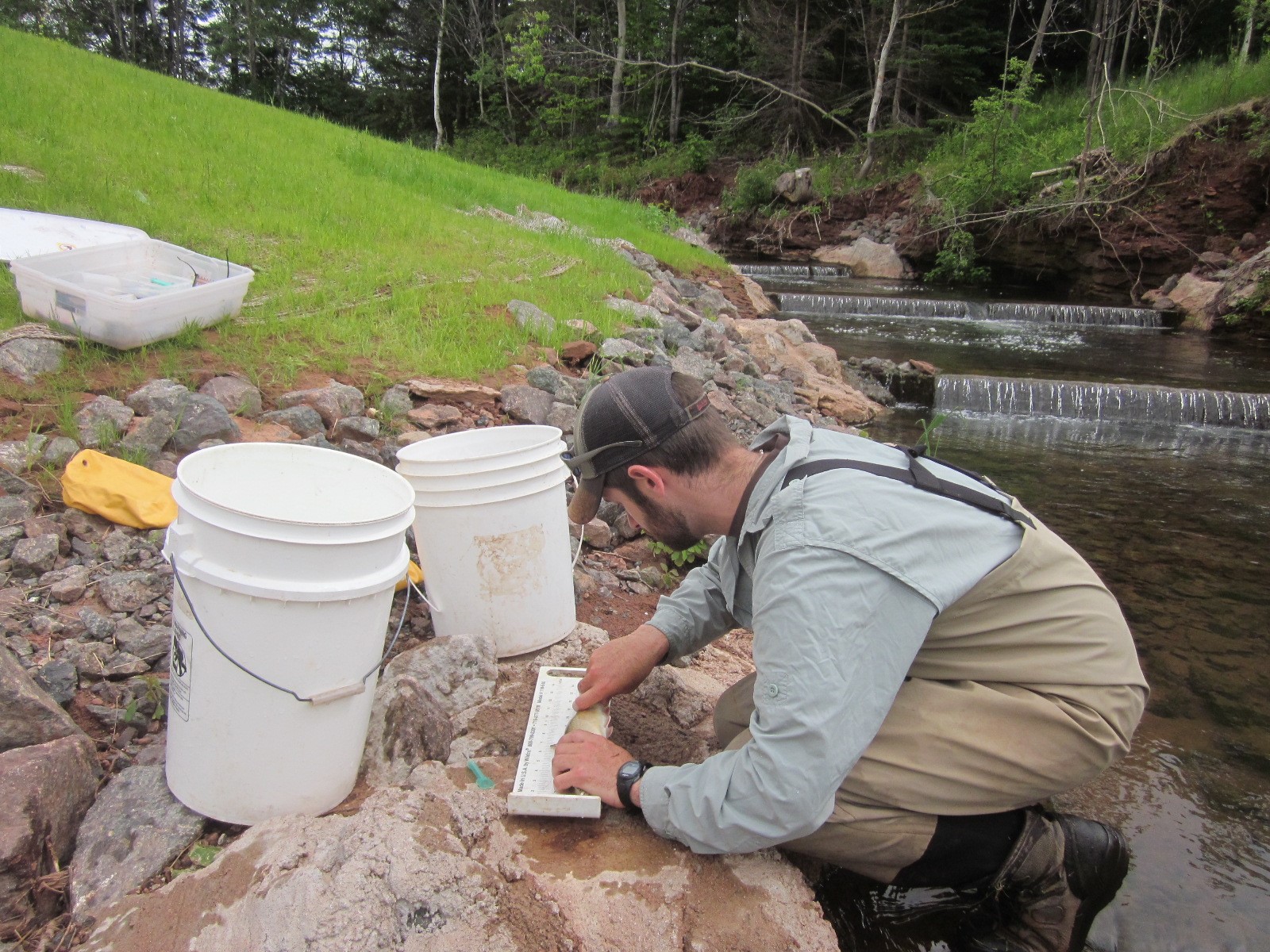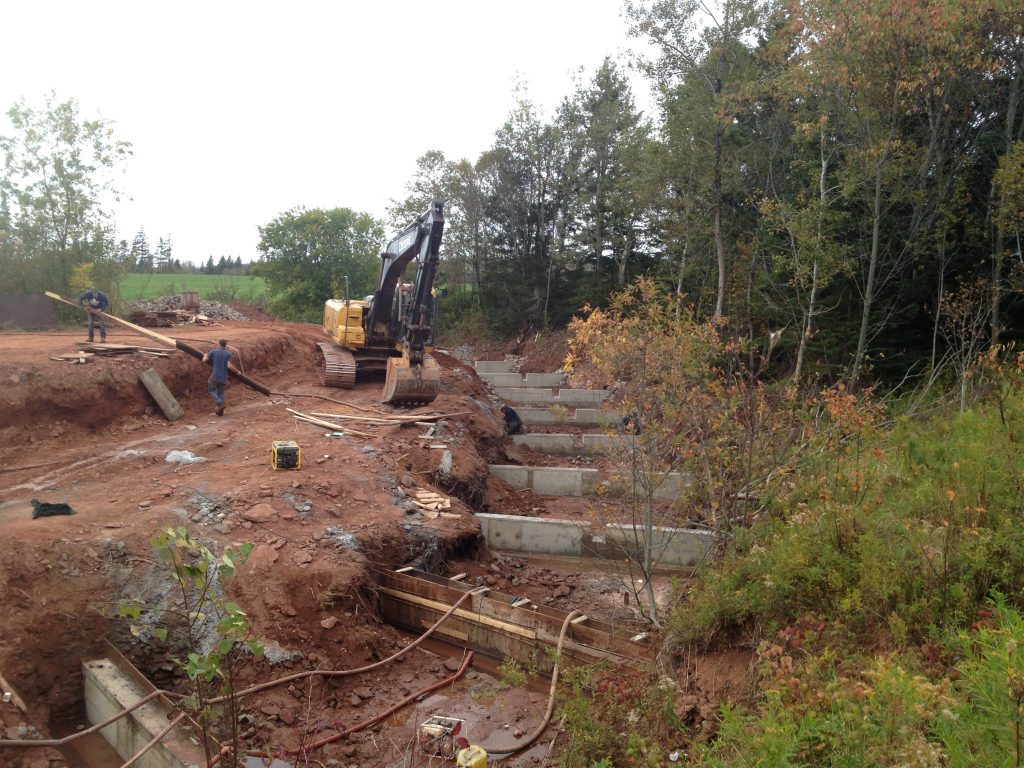A homecoming for fish
After 200 years, native fish species make their way back into PEI waters

For many of us, watermills seem romantic and quaint, pointing to a bygone era of horse-drawn buggies and parasols. But at the height of their popularity, these water-driven wheels were valued mainly for their ability to power local industry.
Between 1700 and 1900, hundreds of watermills were constructed at over 1,000 locations on Prince Edward Island (PEI). And for hundreds of years, many of them prevented native fish species from gaining entry to areas they once populated.
“They were man-made barriers for the most part, and fish couldn’t swim up the stream to fulfill their life-cycle,” explains Jonathan Platts, a Ducks Unlimited Canada (DUC) conservation program specialist.
As part of their life cycle, anadromous fish species, like rainbow smelt, migrate from the ocean to freshwaters to spawn.
In the 1970s, DUC formed partnerships with the provincial and federal governments, as well as landowners, to introduce fish ladders at these old mill ponds. These passageways permit native species to migrate upstream. And today, the organization manages 151 fish ladders throughout Atlantic Canada.
Two years ago, DUC constructed one such ladder at Stavert’s Pond, a community near Kensington, PEI.
“Stavert’s was the site of an old sawmill and I believe, at one point, it was a grist mill too. And for a couple hundred years, there was no fish passage,” says Platts,
The project was undertaken in partnership with the province, with funding from the federal government, through the Department of Fisheries and Oceans’ Recreational Fisheries Conservation Partnerships Program.

© DUC
“Nine months after we commissioned the ladder, we had alewife (gaspereau) and trout going up the fish ladder. Today there are smelt in it. That’s three species of fish who hadn’t been able to get up into that system for the better part of 200 years,” says Platts.
Like rainbow smelt, alewife and trout are anadromous fish species. When they enter a freshwater area, they release what scientists refer to as “marine derived nutrients”. This release occurs when fish defecate, spawn and in some cases, die.
“They’re bringing in nutrients like, nitrogen, phosphorus, and carbon,” says DUC’s Atlantic science coordinator, Nic McLellan.
While the benefits of marine nutrients have been studied more extensively on Canada’s west coast, their full impact on ecosystems in the Maritimes is an ongoing area of research. “That’s something that we’re looking at now,” says McLellan, noting, “Over the next several years, staff will attempt to quantify the exact benefit.”
Currently in PEI, Nova Scotia, and New Brunswick, DUC staff are collecting sediment and invertebrate samples from managed wetlands that host seasonal visitors from the Atlantic Ocean.
They will send these samples to laboratories to be analyzed for the presence of marine nutrients.
Based on previous research findings that examined the ecological impact of salmon on coastal watersheds in British Columbia, marine nutrients help enrich vegetation, soil, and insects in riparian areas.
If similar results are found to be true in Atlantic Canada, it could be good news for fish, wetlands, and people.
“It could all translate into more nutrients into a system, and that could benefit other fish, invertebrates, and birds,” says Platts.
The re-introduction of native fish in an area could also create opportunities for both commercial and recreational anglers, he adds. “Ensuring free passage into just one or two systems could have a dramatic effect on fish populations. This could mean more fish for recreational anglers, and local fisheries,” says Platts.
“It’s kind of neat,” he says. “These areas were once hubs for local industry. Now, by conducting research and building these passageways for native fish species, we’re helping breathe new life into these old mill ponds.
“Seems like all good things to me.”
Visit our Fisheries microsite for more information on how we’re safeguarding healthy ecosystems for the finned and feathered.



